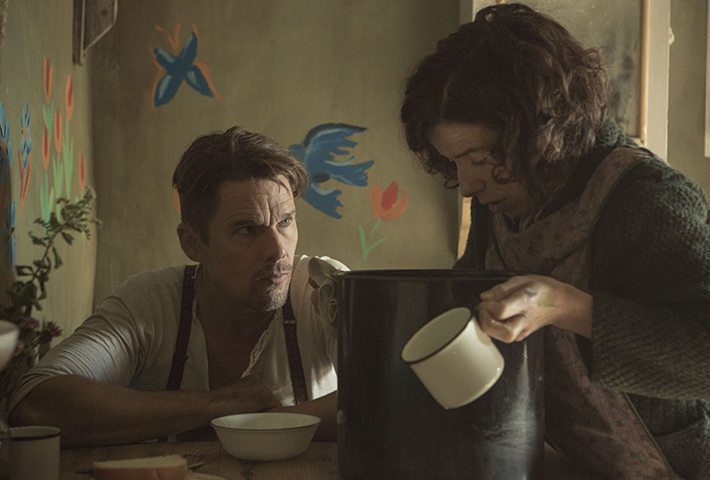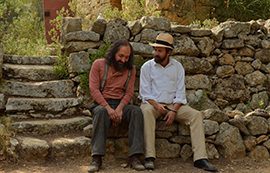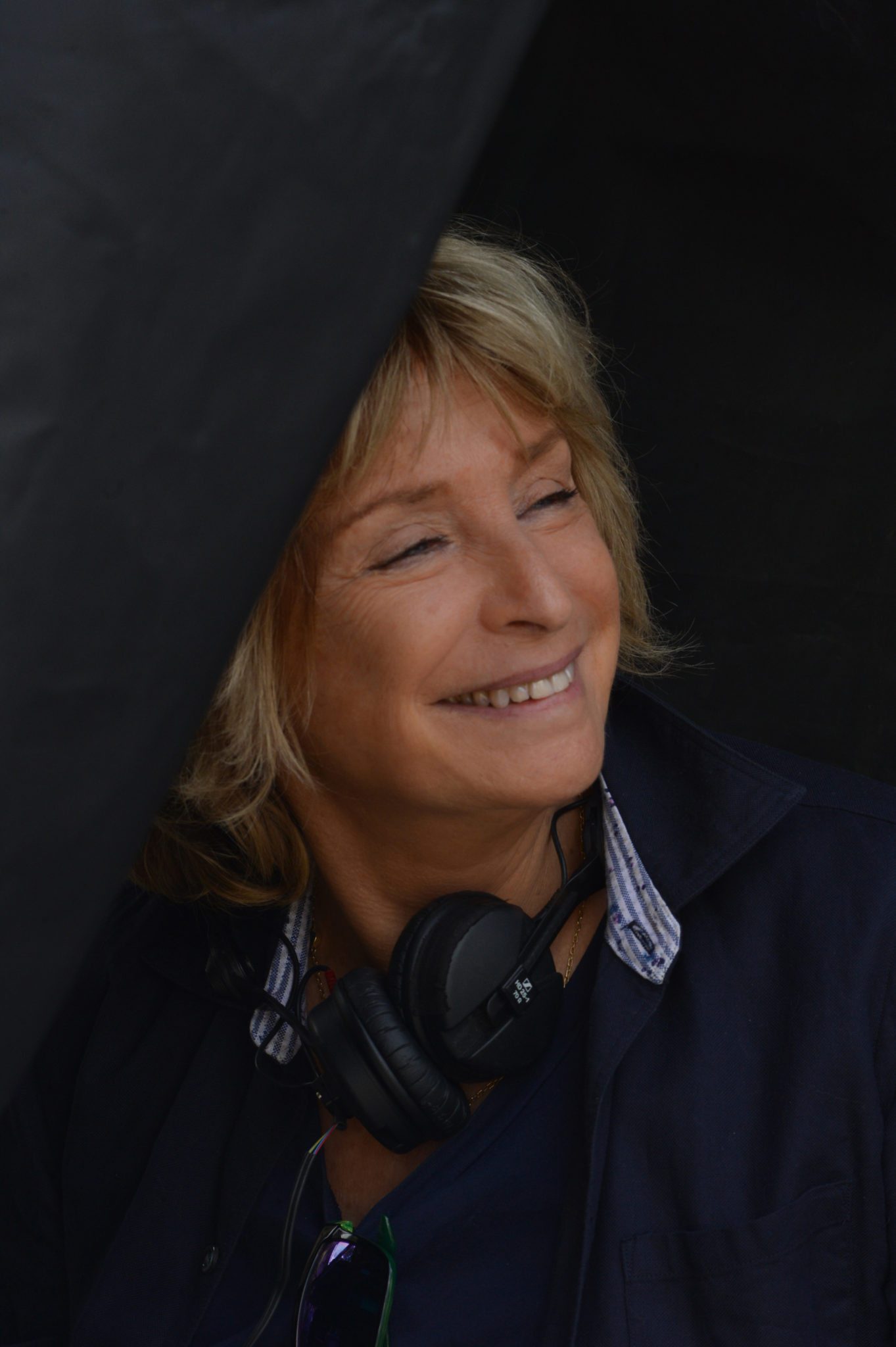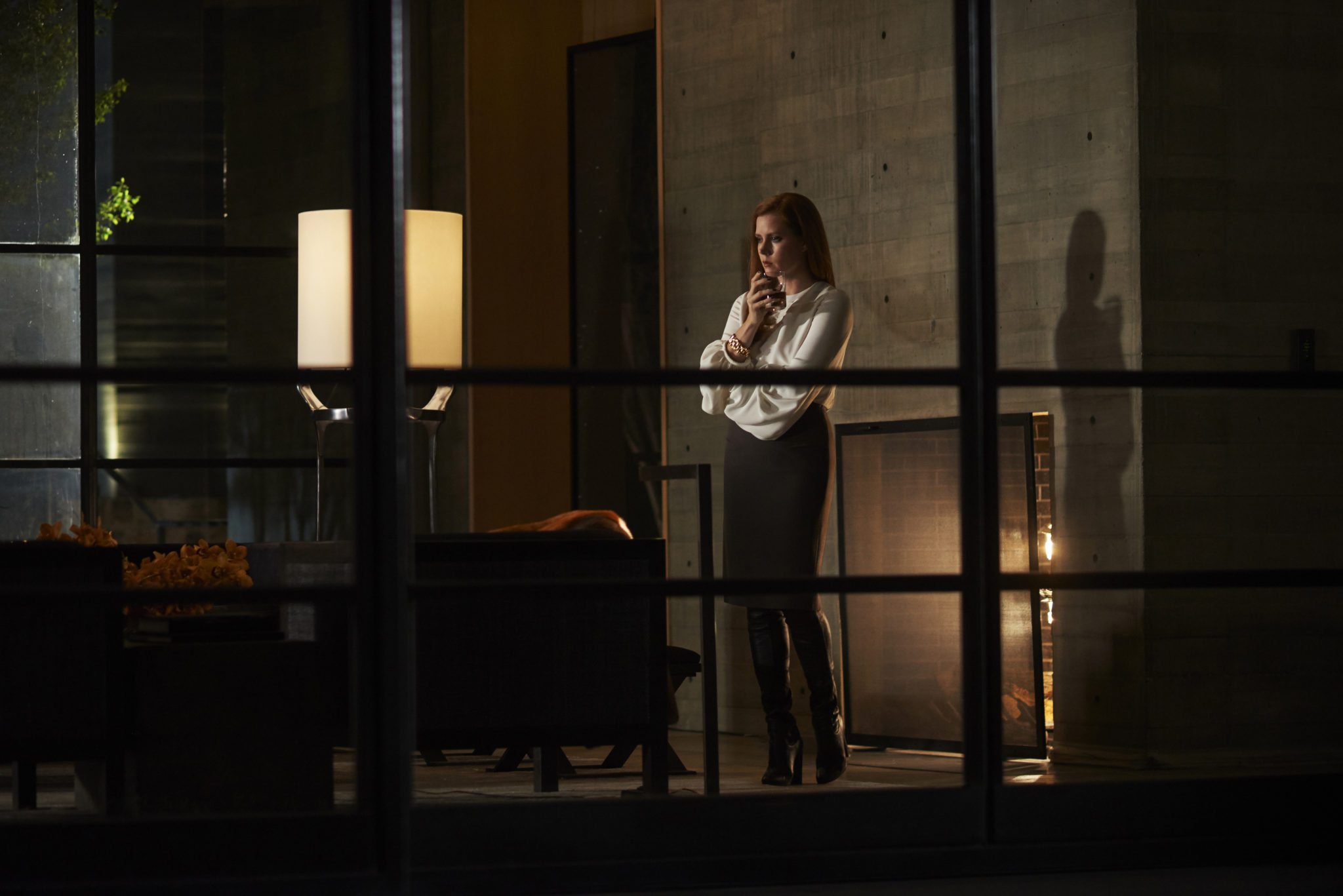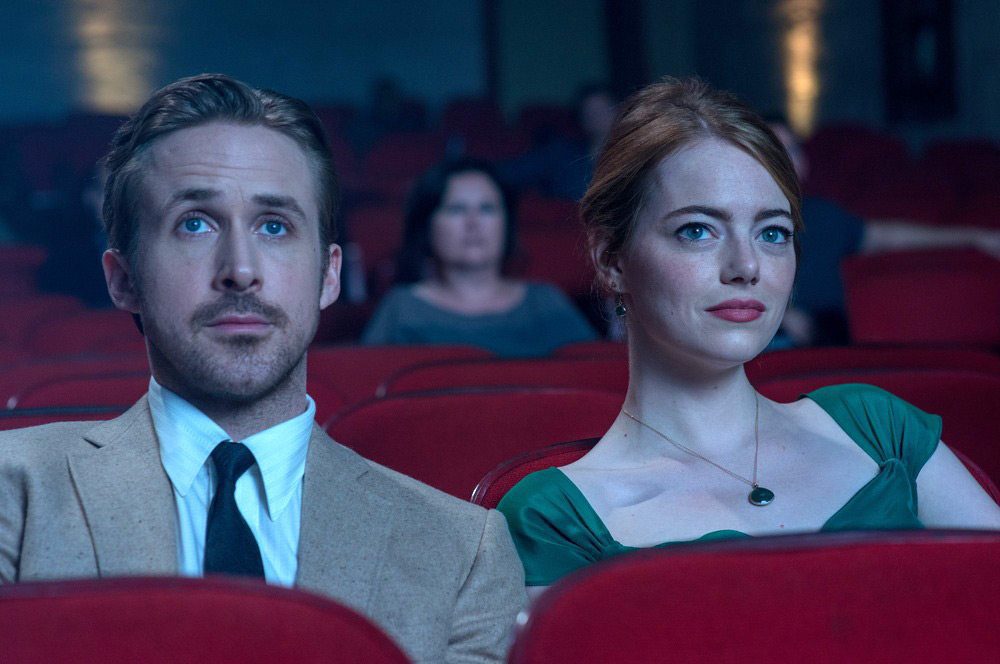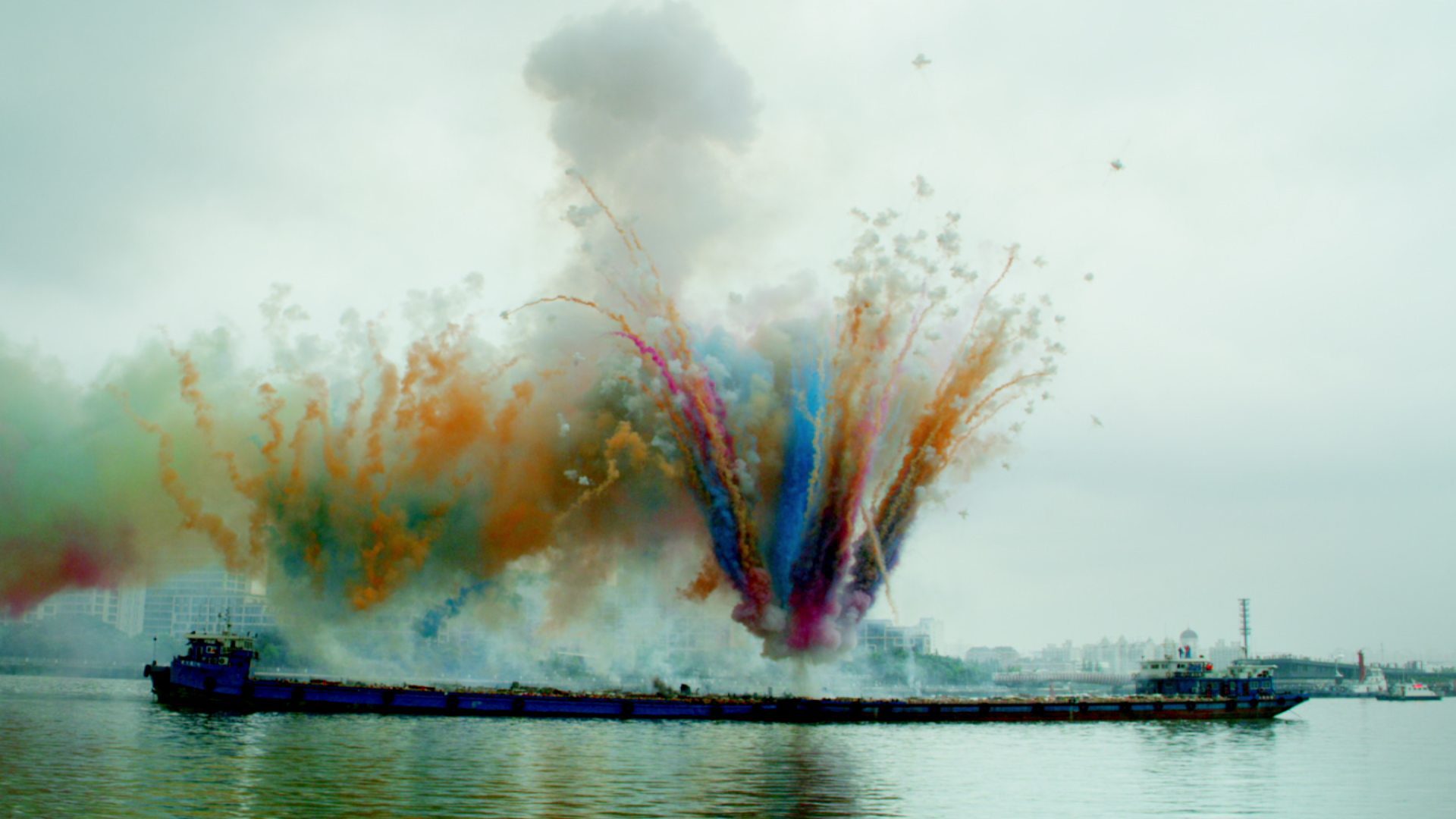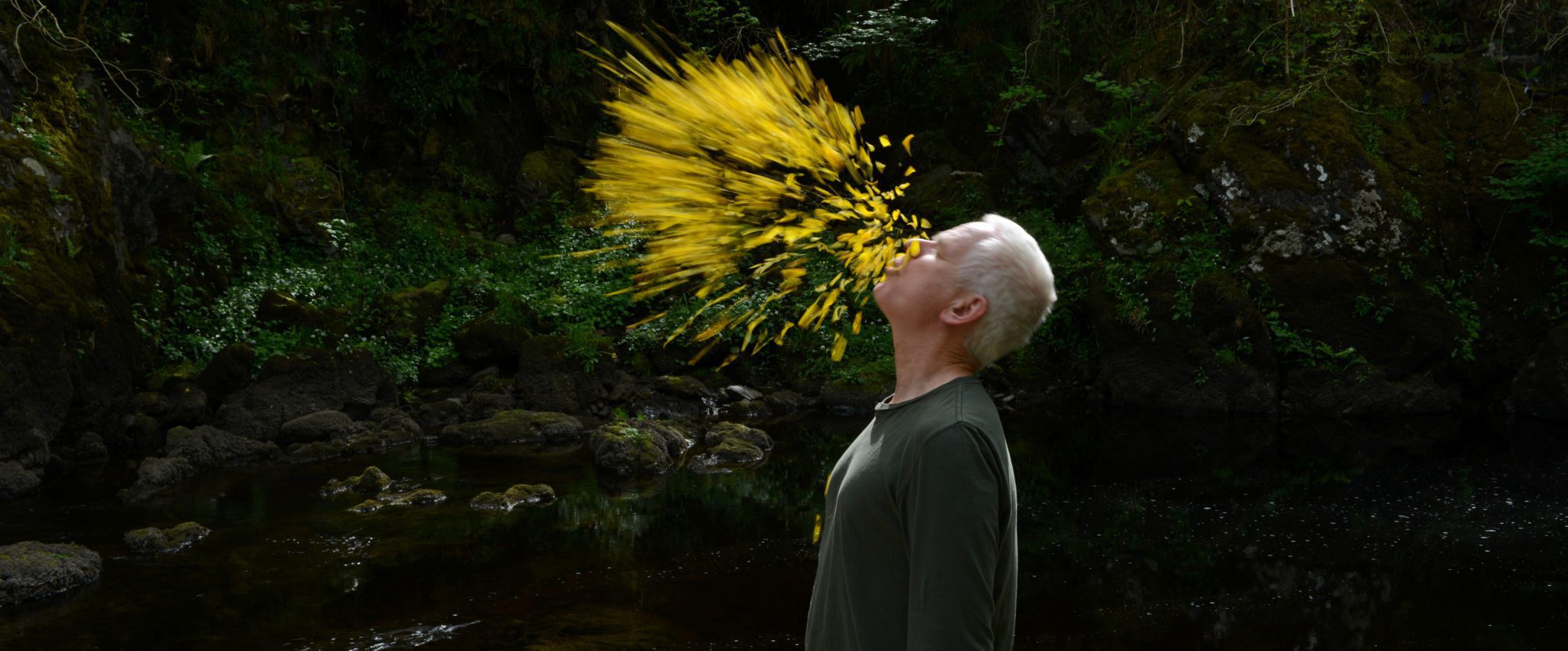
Leaning into the Wind – The Art of Nature, Time, and Andy Goldsworthy
Leaning into the Wind ? Andy Goldsworthy is a reunion between the artist Andy Goldsworthy and film director Thomas Riedelsheimer, who also made the 2001 film about Goldsworthy and his art, Rivers and Tides ? Andy Goldsworthy Working with Time.

